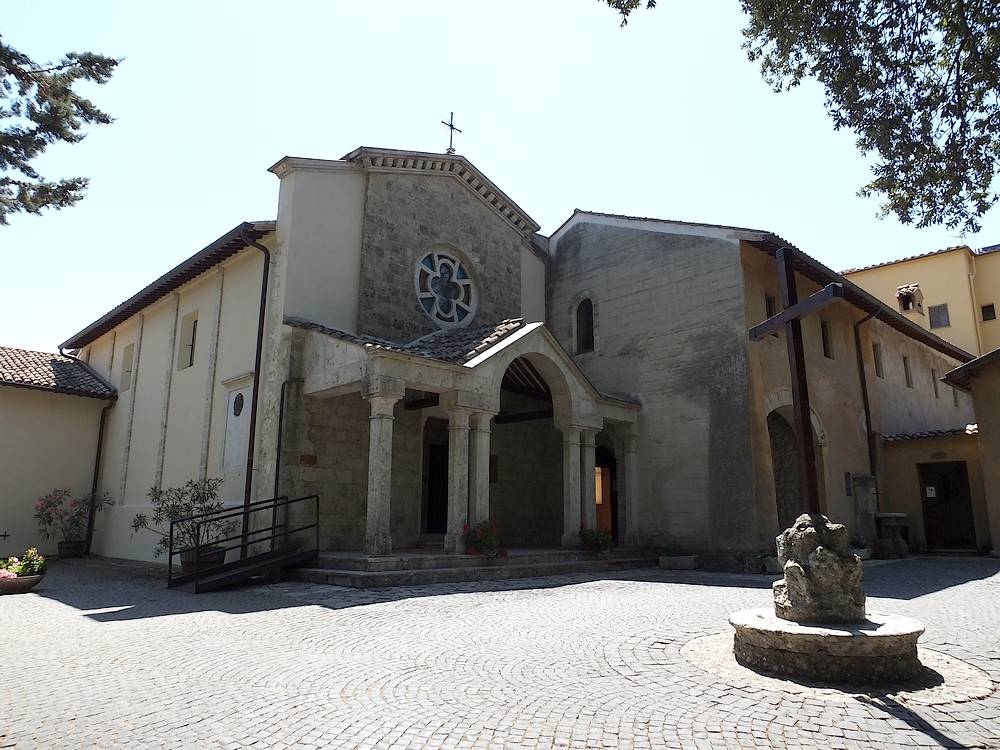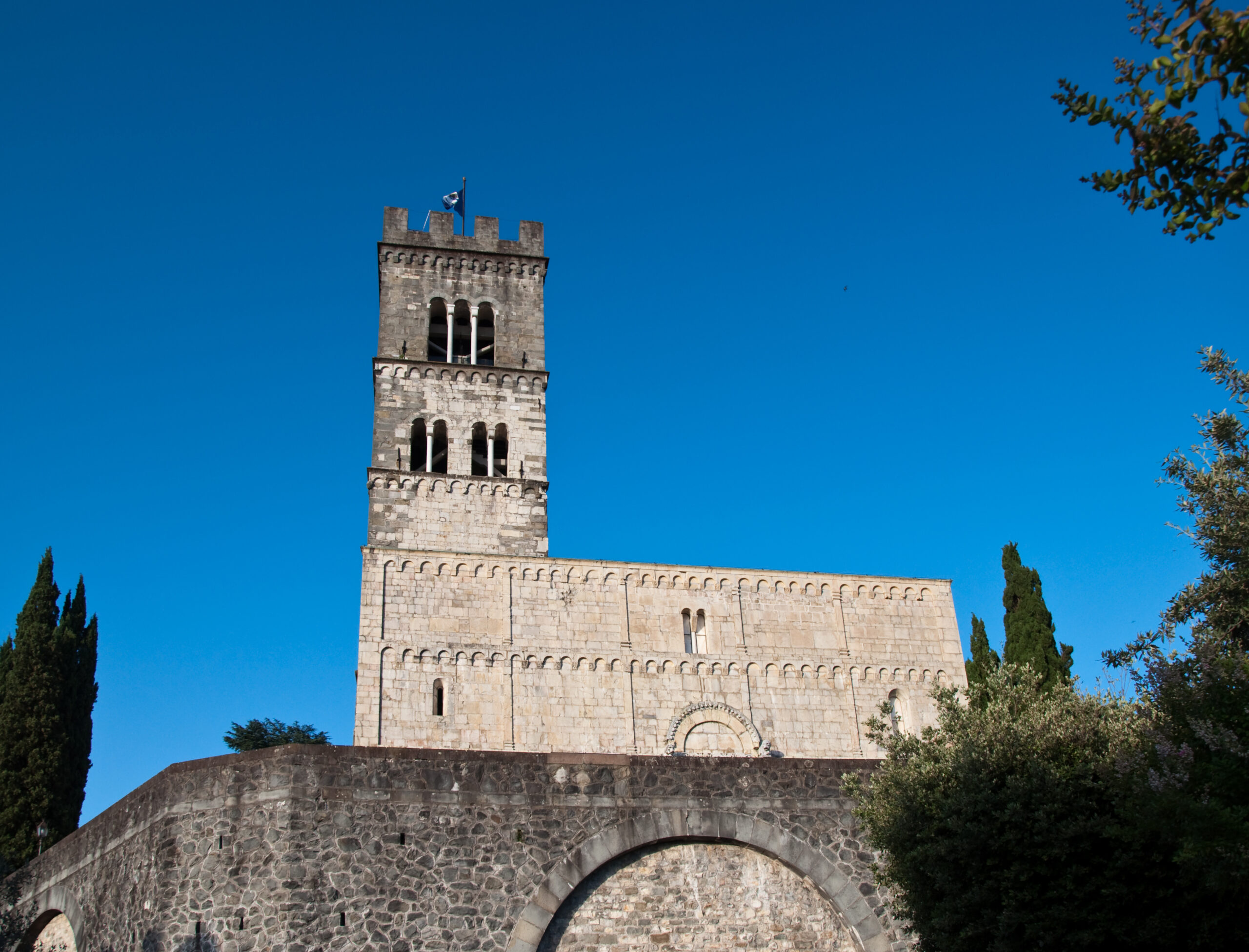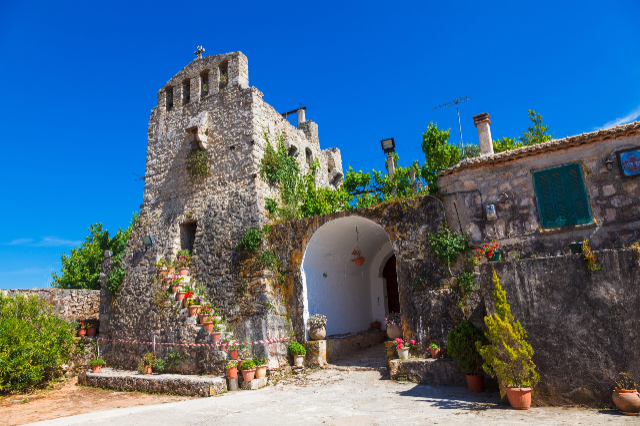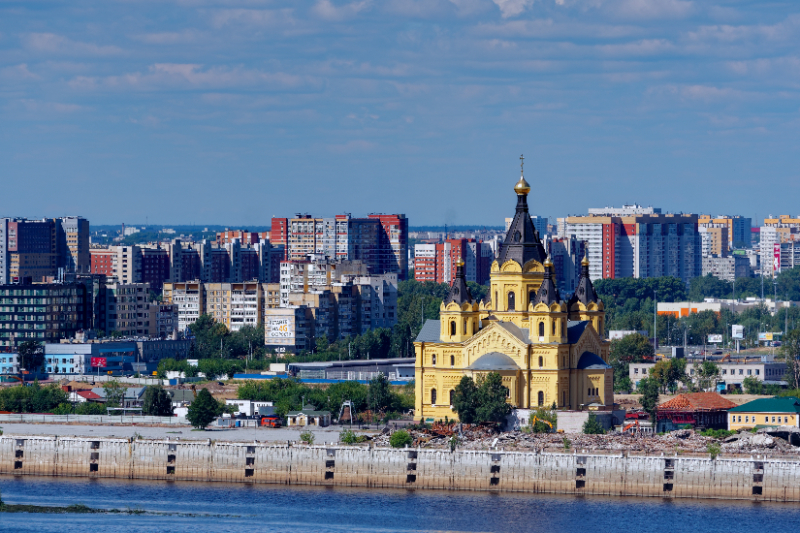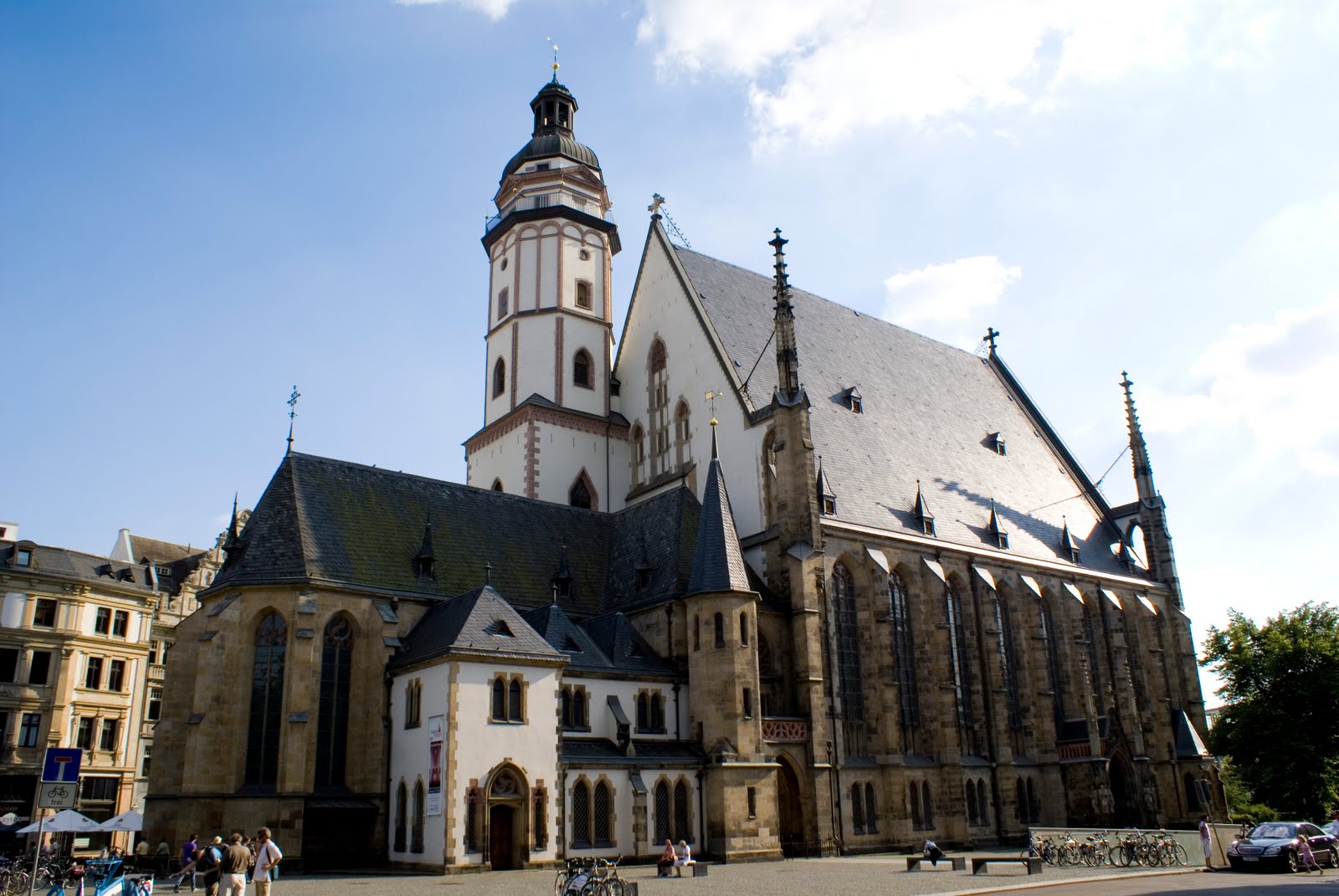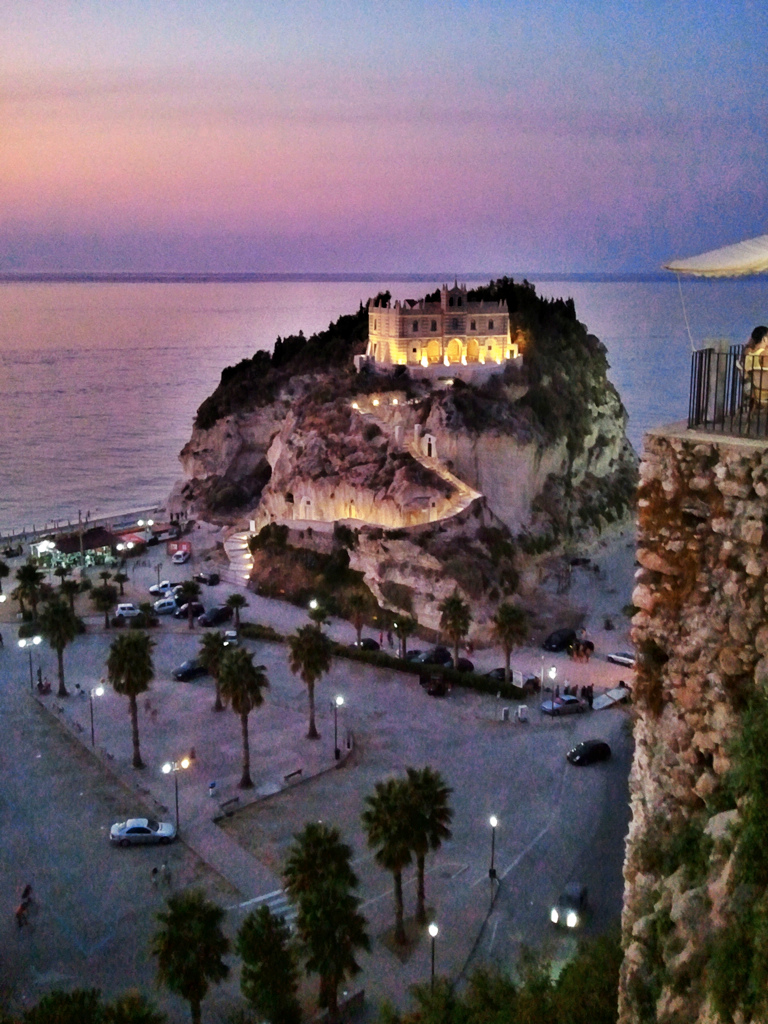Convent of Fonte Colombo, known as "the Franciscan Mount Sinai" because in 1223, after a 40-day fast, St. Francis dictated the Rule of the Order there. The sanctuary-convent of Fonte Colombo near the city of Rieti is one of the four Franciscan sanctuaries that delimit the so-called Way of St. Francis in the Rieti Holy Valley, together with the convent of Greccio, the sanctuary of the Forest, and the sanctuary of Poggio Bustone (convent of St. James).The convent complex consists of a small square overlooked by the church consecrated on July 19, 1450 by Cardinal Nicola Cusano, Bishop of Trier, and dedicated to Saints Francis and Bernardine of Siena.
Further down are the hermitage of St. Francis, where the saint underwent eye surgery, the chapel of the church of the Blessed Virgin, also known as the church of Magdalene, whose origins date back to the thirteenth century, the Sacred Speco, already mentioned, where the saint wrote the rule and had the vision of Christ that confirmed it.
The Chapel of the Magdalene
The Franciscan settlement rose near a very important castrum from the social and economic point of view: Sant’Elia Reatino.
The lunette of the portal preserves a painting of the Madonna and Child with St. Francis and St. Ludovico da Tolosa on either side.
The cloister to the right of the church, around which the convent buildings are arranged, is extremely suggestive.
During the fifteenth century, was erected the so-called Conventino which included: the dormitory, the refectory and the kitchen. In the same century, a cloth factory was annexed to the convent, where the monks’ knowledges were made.
The tau on the wall of the chapel of Magdalena
The façade, originally a hut, was modified in the late 13th century. On the horizontal crown stands the bell, with which, according to tradition, Francis called the friars together for prayer.
In the small apse there is a fresco in poor condition with Christ enthroned, the Virgin and Child on the right and an almost illegible representation on the left. Along the right wall there are two frescoes dating back to between the 14th and 15th centuries, depicting a saint of uncertain identification, perhaps Saint Cuneconda, and Saint Mary Magdalene. The other wall houses a seventeenth-century fresco with St. Clare.
During the restoration of 1921, the red drawing of the Tau came to light in a small window, which popular legend has it of the hand of Francis himself.
After the church of La Maddalena you can visit the Oratory of San Michele, a room halfway between the cave and the chapel.
The oratory incorporates the Sacro Speco: the crack in the long, narrow rock that resembles a tomb. It is the holiest place of the hermitage: among the rocks a simple wooden cross recalls the presence of St. Francis.
According to popular tradition, the split in the Sacro Speco was caused by the earthquake that accompanied the death of Christ. In the cave took place the painful drafting of the rule
